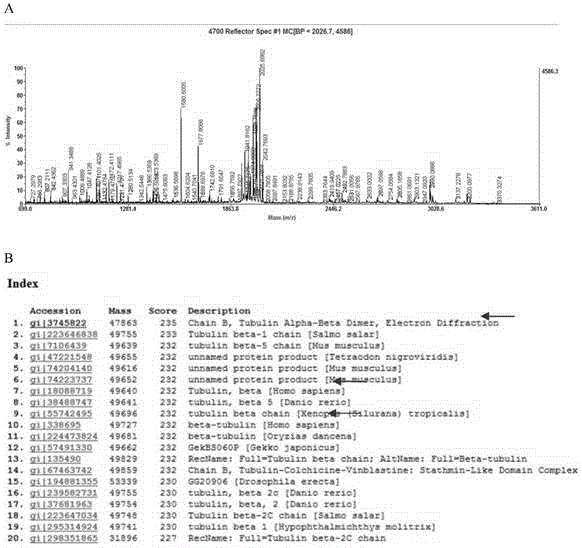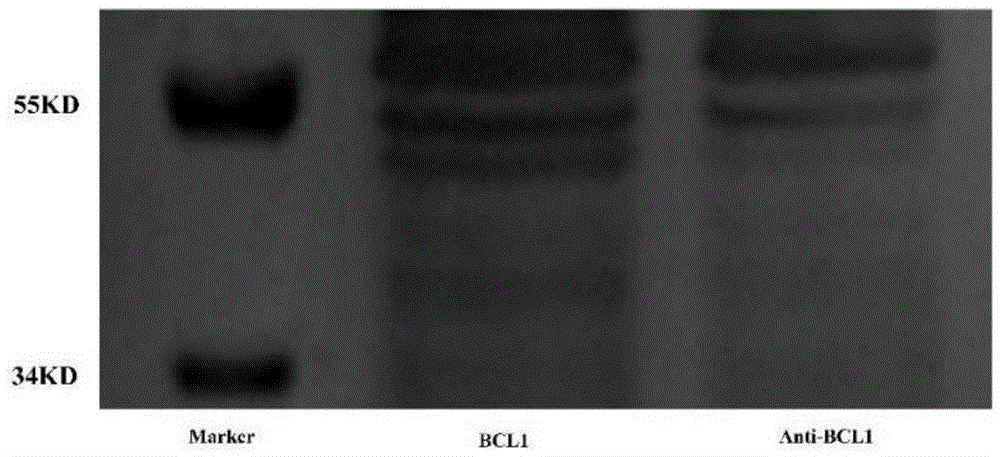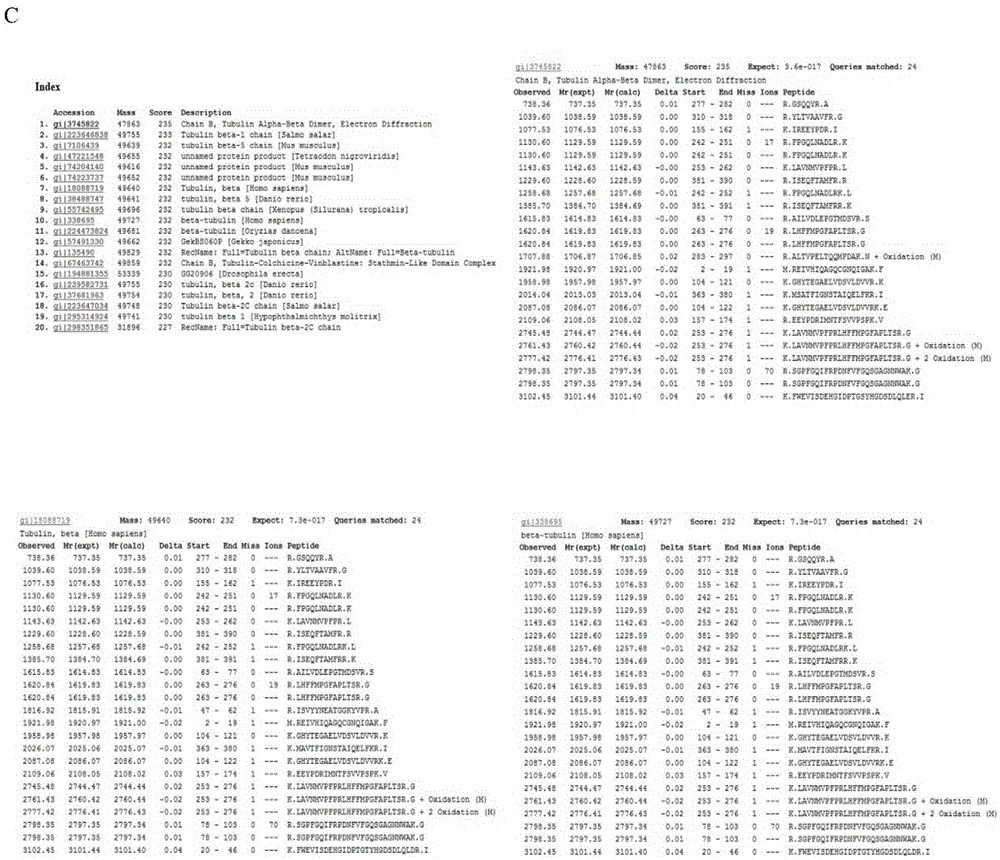Long-chain non-coding RNA-APOC1P1-3 gene and application thereof for preparing target markers
A non-coding and gene technology, applied to the long-chain non-coding RNA-APOC1P1-3 gene and its use in the preparation of target markers, can solve the problems such as no regulatory effect yet, and improve the level of diagnosis and treatment Effect
- Summary
- Abstract
- Description
- Claims
- Application Information
AI Technical Summary
Problems solved by technology
Method used
Image
Examples
Embodiment 1
[0041] Example 1 Expression profile of differential lncRNA in breast cancer tissue
[0042] Five isolated fresh human breast cancer tissue specimens and paired paracancerous tissue specimens (from the Department of Breast Surgery, Cancer Hospital Affiliated to Fudan University, with informed consent from the patient) were used for microarray analysis; the following steps were followed:
[0043] (1) Use TRIzol reagent to extract total RNA from tissue samples, and use RNasey Mini Kit to purify the extracted RNA;
[0044] (2) Use QuickAmp Labeling Kit, One-Color (Agilent p / n 5190-0442) to synthesize and label double-stranded cDNA;
[0045] (3) After the labeled double-stranded cDNA is purified, it is hybridized to the Human 8x60K LncRNA expression array information chip of Arraystar;
[0046] (4) After hybridization and rinsing, scan and analyze by Agilent Microarray Scanner (Agilent p / n G2565BA) scanner;
[0047] (5) The original data analysis was completed by Agilent Feature ...
Embodiment 2
[0048] Example 2, RNAPull Down
[0050] Reaction ingredients and conditions:
[0051]
[0052] (2) Linear DNA identification
[0053] Use ordinary agarose gel electrophoresis (TBE preparation) to detect whether the plasmid DNA is cut into linearity, 1 μl DNA and 5 μl 6x sample buffer are thoroughly mixed, add 1.5% agarose gel to the sample hole, electrophoresis at 60V for 25min, and observe the bands by ultraviolet light , Tianneng gel imaging system takes photos and analyzes;
[0054] (3) Linear DNA purification
[0055] 1) Add an equal volume of Solution I to the enzyme digestion reaction and mix well (if the DNA sample is 20 μl, add 20 μl of Solution I); 2) Add it to the DNA purification column and place it at room temperature for 1 min; 3) Centrifuge at 12000rmp for 1 min and discard Collect the liquid in the tube; 4) Add 700 μl solution II to the DNA purification column, and let it stand at room temperature for 1 min; 5) Centrifuge at...
PUM
 Login to View More
Login to View More Abstract
Description
Claims
Application Information
 Login to View More
Login to View More - R&D
- Intellectual Property
- Life Sciences
- Materials
- Tech Scout
- Unparalleled Data Quality
- Higher Quality Content
- 60% Fewer Hallucinations
Browse by: Latest US Patents, China's latest patents, Technical Efficacy Thesaurus, Application Domain, Technology Topic, Popular Technical Reports.
© 2025 PatSnap. All rights reserved.Legal|Privacy policy|Modern Slavery Act Transparency Statement|Sitemap|About US| Contact US: help@patsnap.com



